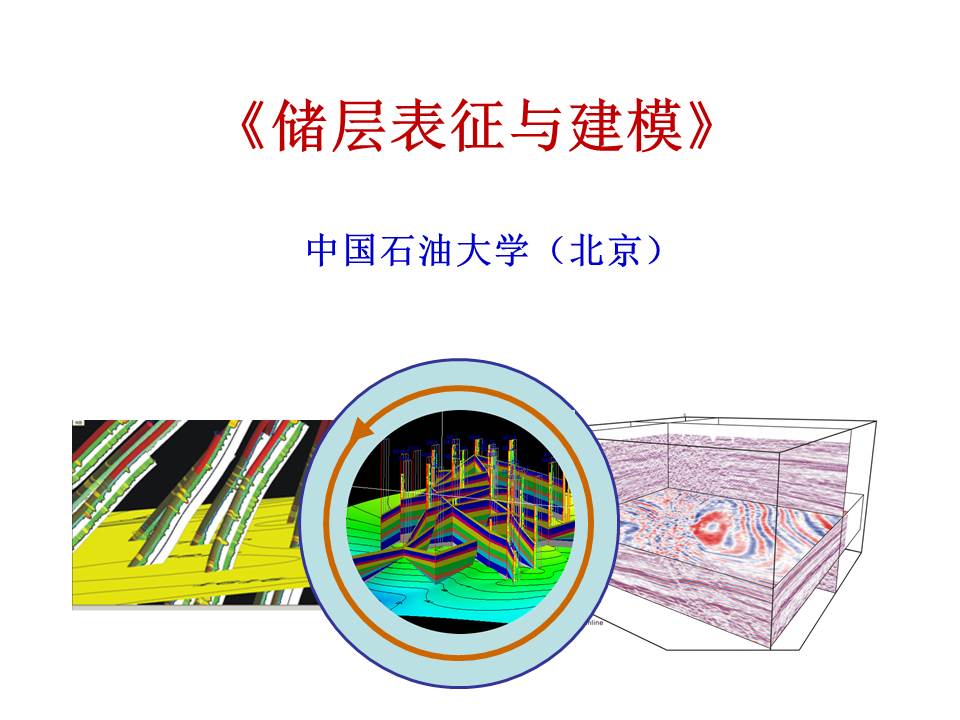
当前课程知识点:Entrepreneur Growth Plan > 8 Product Development and Design > 8.2 Test hypothetical conditions > 8.2.2 How to test hypothetical conditions
返回《Entrepreneur Growth Plan》慕课在线视频课程列表
返回《Entrepreneur Growth Plan》慕课在线视频列表
下面我们来学习一下测试
假设条件的方法
以及案例描述
测试假设条件有
哪些具体的方法呢
其实测试假设条件的
方法不难
比方说要测试成本目标
你可以直接像供货商
邮寄非正式的这样的一个询价单
或者是产品明细
了解按你的采购量估算的
成本是否准确
通过这种方法
你可以很快的发现成本
预算中存在的问题
想要测试灯塔型顾客
和关键顾客
对产品是否感兴趣
只需要观察他们
是否有以下的行为
一为你的产品
或解决方案预付费用
这个是最为理想的情况
第二就是为你的产品
支付定金
这个是比较理想的情况
第三种情况是同意适用
也就是说是可以接受的这种情况
第四种情况
是满足一定的条件
才会有兴趣进行采购
这种情况就不太理想了
但是勉强也可以接受
如果我们以事后
诸葛亮的观点来看
一些测试实验
真的是太简单了
完全可以在创业流程的
早期就完成了
但是实际情况并不是大家看起来的简单
因为如果没有前期
对顾客和市场的
充分了解的话
我们是很难清晰而准确的
列出这些重要假设条件的
所以只有到了这一步骤
你才能利用
前面所有的
信息以及对产品市场
综合分析的结果
来有效的设计
和运行实验
我们就用一个例子
来证明这样的一个观点
全球最大的网上鞋店
Zappos年收入总额
超过10亿美元
它被称为全球最大的
最成功的
最以顾客为尊的
电子商务公司之一
但是最初他们的情况
并不是这样的
Zappos的创始人是
华人谢家华
因为当时还没有哪家网站
集中出售各类的鞋子
谢家华对此有一些想法
于是他构想了一种新的
独特的零售体验
他原本可以等得再久一些
等到什么时候
坚持测试一个完整的网站
全面涵盖仓储
分销伙伴的支持
并且提供
促销信息等等
毕竟很多电子商务先驱
都是这么做的
但是谢家华他没有这么做
他从实验网站
开始进行测试运营
它的前提假设是这样的
顾客已经就绪已经准备好
并且愿意在网上进行购买鞋子
为了证明这个假设
他是如何做的呢
他首先去询问本地的鞋店
是否让他为店里的
库存产品拍照
为了获得拍照的许可
他承诺会把照片
放在网站上
如果网上有顾客
要买这双鞋的话
他会带顾客以全价
从这家鞋店买下这双鞋子
Zappos最初的产品
很少也很单一
他只回答一个最根本的问题
那就是市场对独特的网上购鞋体验
有没有足够的需求呢
也就是说到底有没有顾客
愿意为这种产品买单
这个是他要解决的唯一的问题
但是Zappos开展的这种创新企业计划
非常的周详
所测试的并不仅仅是商业计划中的
这一个方面
在验证首要这个前提的同时
他也一一测试了其余的假设
要售卖鞋子
他必须和顾客互动交流
从收取货款
处理退货到客户知识
这些市场调研截然不同
如果Zappos依赖已有的
市场研究或者调查
而不是进行实际测试的话
他就可能只停留在问顾客你们想要什么
这样的一个阶段
而Zappos所做的是先建立一个网站
尽管规模很小
但是企业还是从中获益良多
他受到了什么样的获益呢
首先他获得了
更精确的顾客需求
因为他观察到真实的顾客行为
而不是通过提出假设性
的问题来估计
其次
他站在一个真实的和顾客交流的
这样的一个位置上
了解顾客的需求
比如说原本的经营计划
可能需要涉及折扣定价
但是顾客对折扣产品
到底有何看法
好
这是他解决第二个问题
在此
他可以意外的发现一些
突如其来的顾客行为
一些以前可能没有
想到的问题
比如怎么处理顾客退货
这样的问题
好
也是在这个环节所解决的
Zappos它初期实验
得出了一个很清晰的量化的结论
那就是不在网上购买
鞋子的顾客数量
虽然很多
但是在网上购买鞋子的
顾客也不少
同时测试让企业观察到
真实的顾客与
合作伙伴
与他们互动
并且了解他们
这些定性 认知和
量化测试
相辅相成
尽管早期的投入
规模相当小
但是并不妨碍他
最终大展宏图
后来Zappos被电子商务巨头
亚马逊网站收购了
据报道收购价是
12亿美元
通过这个例子
大家是否对这个测试
假设条件的
过程和方法有了更加清晰和直观的认识呢
-1.1 The era of the entrepreneur
-1.2 Entrepreneur is not natural-born
-1.3 Key to entrepreneurial success
-1 Entrepreneurship is A Learnable Ability
-2.1 Build the ambition
--2.1.1 Build the ambition-entrepreneurship
--2.1.2 Build the ambition-sense of social responsibility
--2.1.3 Build the ambition-entrepreneurial awareness
-2.2 The power of thinking
--2.2.1 The secret of thinking
--2.2.2 Thinking power 1: innovative thinking
--2.2.3 Thinking power 2: system thinking
--2.2.4 Thinking power 3: dialectical thinking
--2.2.5 Thinking power 4: strategic thinking
-2.3 Abilities of entrepreneurs
--2.3.1 Types of entrepreneurs
--2.3.2 Composition of entrepreneur abilities
--2.3.5 The self-management ability
-2 Cultivation of Internal Skills of Entrepreneurs
-3.1 Know yourself: know your own characteristics
-3.2 Know the others: environment and resources
--3.2.2 Entrepreneurial opportunity
-3.3 Decision-making: orientation of entrepreneurship
-3 Self-Positioning of Entrepreneu
-4.1 A story of enclosure for raising sheep
-4.2 Market segmentation
--4.2.1 Divergent thinking: find out all your potential customers
--4.2.2 Efficient market: you don’t have to serve all your potential customers
--4.2.3 Market research: a good way to select efficient markets
-4.3 Market launch: have you focused?
-4.4 End users: bring you cash flow
-4.5 Market size: how to make the initial estimate
-4.6 User image: tell a good story about users
-4 Where is Your Customer
-5.1 Complete product cycle application cases
-5.2 Advanced product specification
-5.3 Quantify value positioning
-5.5 Describe competitive position
-5 What Can You Offer Your Customers
-6.2 Determining customer decision-making unit
-6.3 Mapping the process of acquiring paying customers
-6.4 Estimating the follow-up market size
-6 How do Customers Buy Your Products
-7.2 Basic classification of business models
-7.3 Defining pricing strategy
-7.4 Estimating customer lifetime value
-7.5 Estimating the cost of customer acquisition
-7 How to Make Money from the Product
-8.1 Determining the important hypothetical conditions
-8.2 Test hypothetical conditions
--8.2.1 Meaning of testing hypothetical conditions
--8.2.2 How to test hypothetical conditions
--8.2.3 A correct view of the test result
-8.3 Define minimum viable business product
--8.3.1 Definition and value of minimum viable business product
--8.3.2 Core elements and definition method of minimum viable business product
-8.4 Verify the customer will pay for the product
--8.4.2 Description of a minimum viable business product validation case
-8 Product Development and Design
-Final Test



